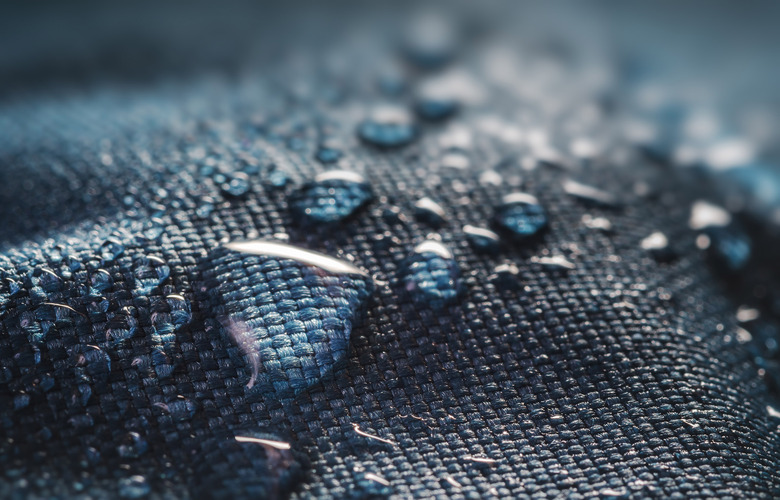New Tech Eliminates Forever Chemicals From Water In Three Hours
It's not just microplastics contaminating our water and food. There's another dangerous compound we're trying to remove from the environment, the so-called forever chemicals. These are also known as PFAS, short for per- and polyfluoroalkyl substances.
We use PFAS because they resist heat, stains, and water. This is how we can create waterproof clothes, cookware, electronics, and other products.
However, PFAS can end up in landfills and ultimately contaminate water sources. Their increased resistance turns them into dangerous pollutants that can't be broken down easily.
They're risk factors for various conditions, including cancer, liver damage, thyroid disease, and other illnesses. That explains the ongoing research to come up with ways that can eliminate forever chemicals from water. We can't do without water so the idea is to trap PFAS before we actually drink it.
Researchers from the University of British Columbia (UBC) have come up with a catalyst that can both capture and eliminate PFAS. Their concept only needs a few hours to clean water, and it can work even without a steady source of ultraviolet (UV) light.
The researchers created an activated carbon filter containing a patented catalyst. The iron oxide/graphene carbon (Fe/g-C) hybrid photocatalyst can capture PFAS from water and then break them down into harmless components.
"The whole process is fairly quick, depending on how much water you're treating," Dr. Johan Foster said in a statement.
"We can put huge volumes of water through this catalyst, and it will adsorb the PFAS and destroy it in a quick two-step process. Many existing solutions can only adsorb, while others are designed to destroy the chemicals. Our catalyst system can do both, making it a long-term solution to the PFAS problem instead of just kicking the can down the road."
The researchers think their solution is significantly faster than the alternatives. The catalyst would need just three hours to eliminate 90% of forever chemicals from water.
"Our catalyst can eliminate up to 90 per cent of forever chemicals in water in as little as three hours—significantly faster than comparable solutions on the market," Foster said. "And because it can be produced from forest or farm waste, it's more economical and sustainable compared to the more complex and costly methods currently in use."
The presence of UV light is required for the chemical reactions, but the UBC tech also works in regions where sunlight exposure is inadequate. The researchers were able to remove more than 85% of PFOA (perfluorooctanoic acid) in low-light conditions. PFOA is also a forever chemical.
Moreover, the technology UBC researchers developed can be used to remove other types of persistent contaminants from water, not just forever chemicals. The catalyst can be used to treat municipal water systems and industrial projects like waste stream cleanup.
This technology is more than a successful research project. The scientists have actually forced a company called ReAct Materials to explore commercial uses of their catalyst.
Meanwhile, the full study is available in Communications Engineering.
